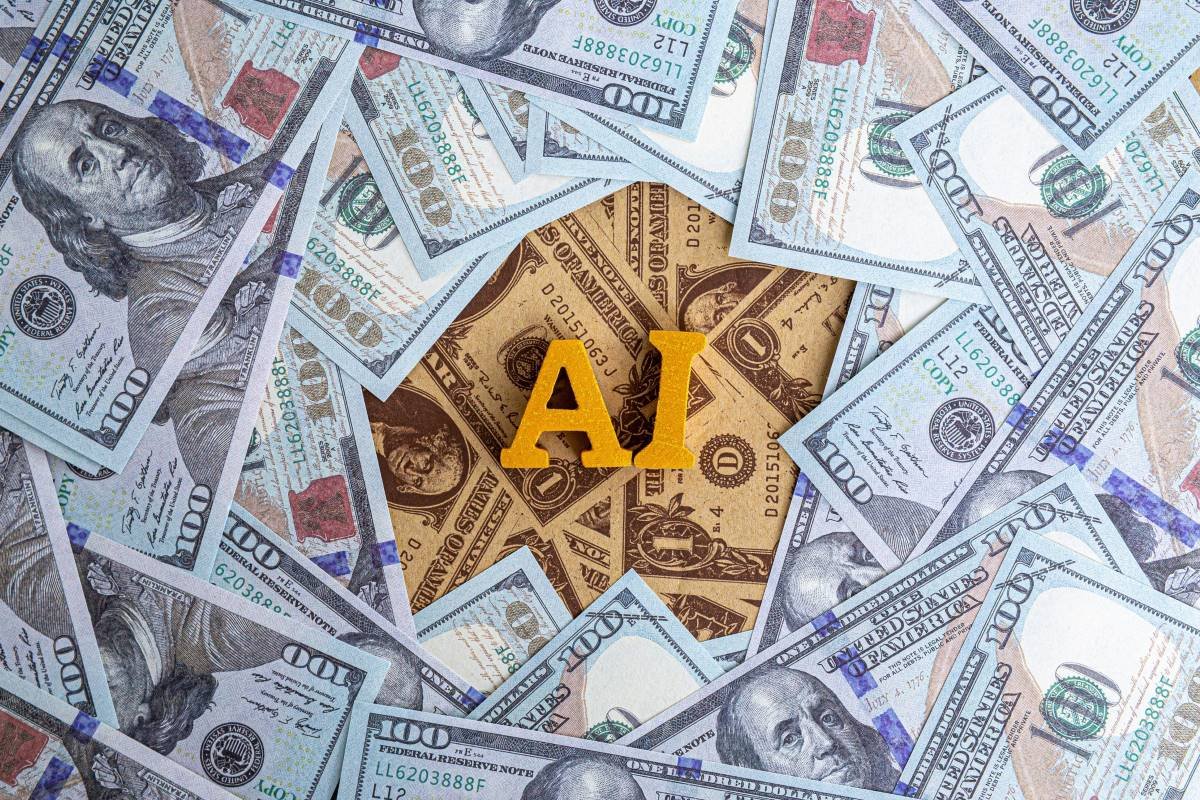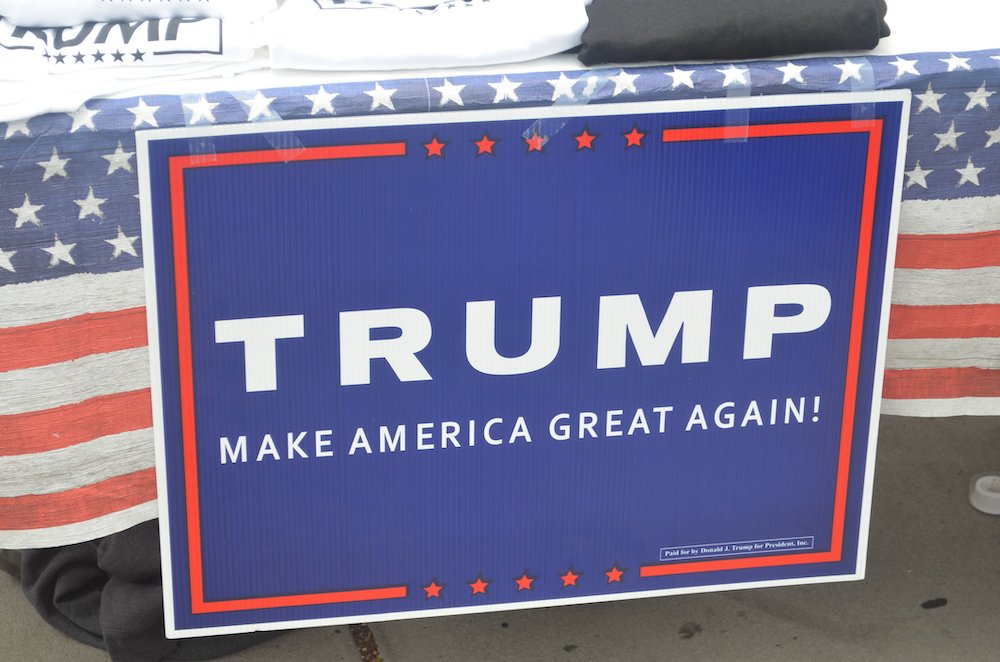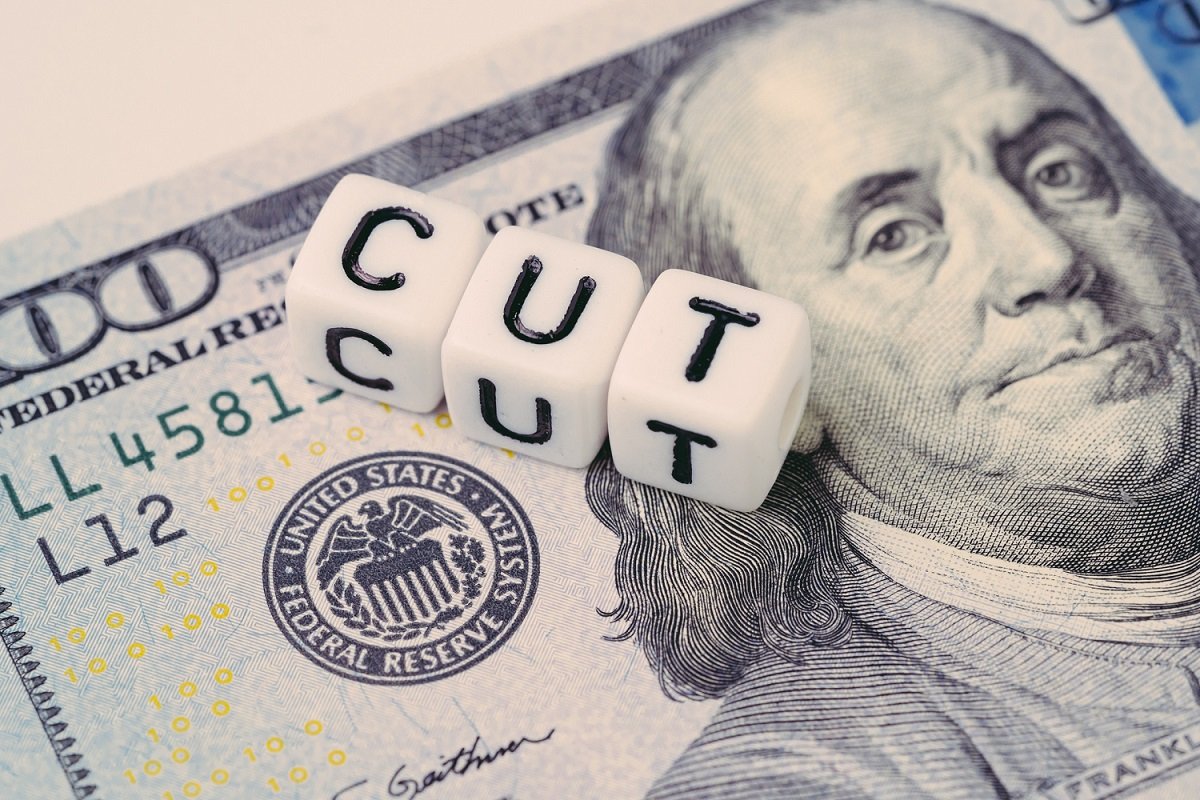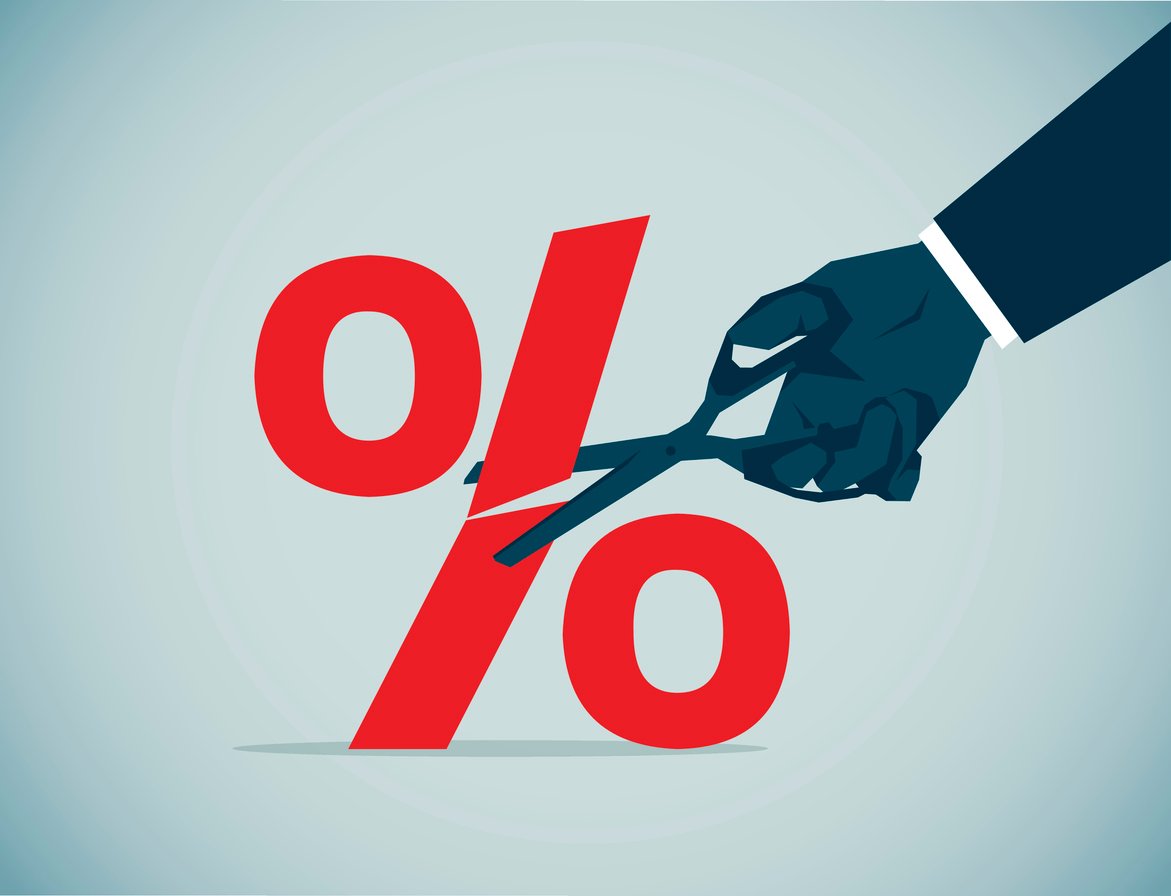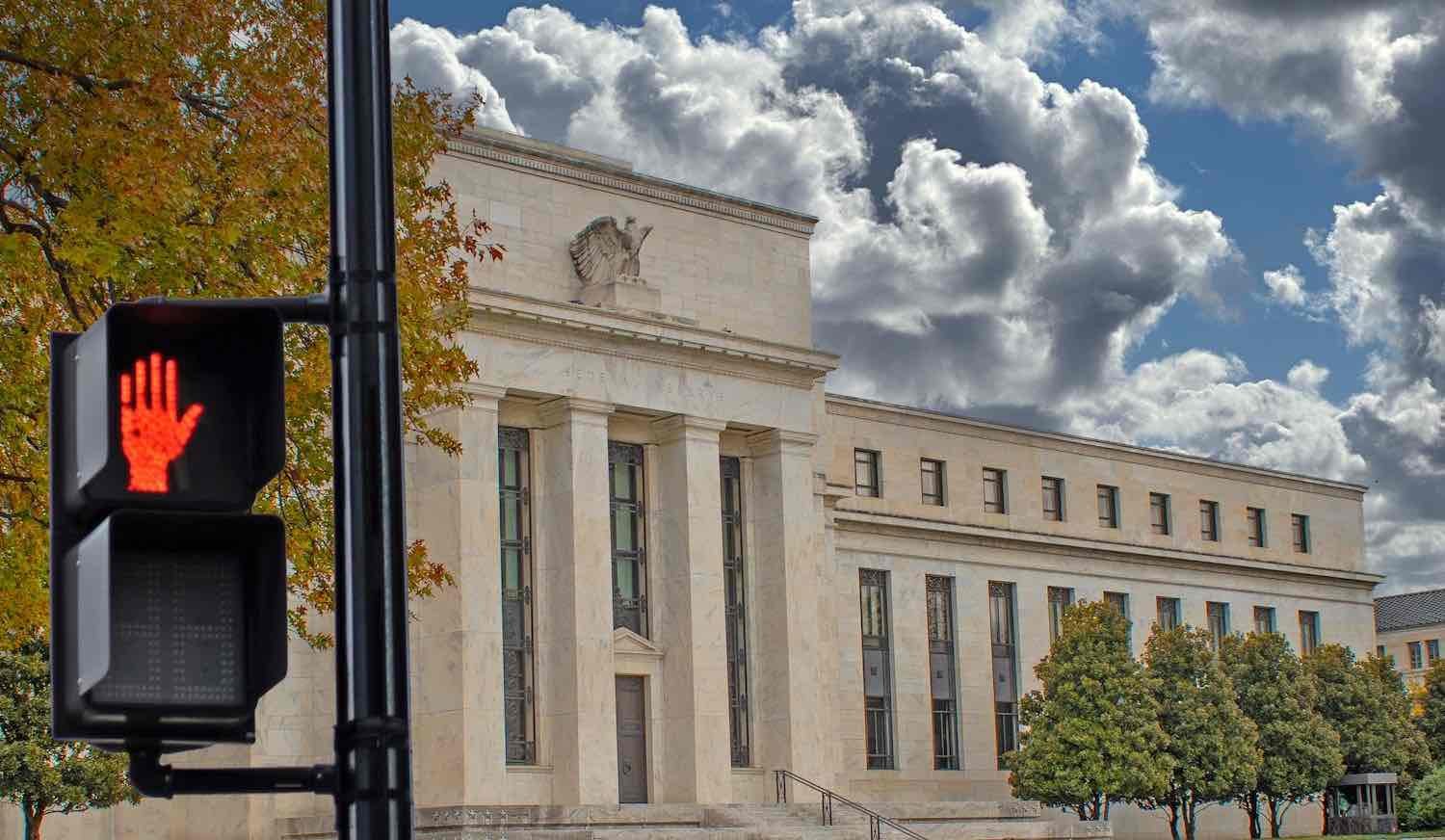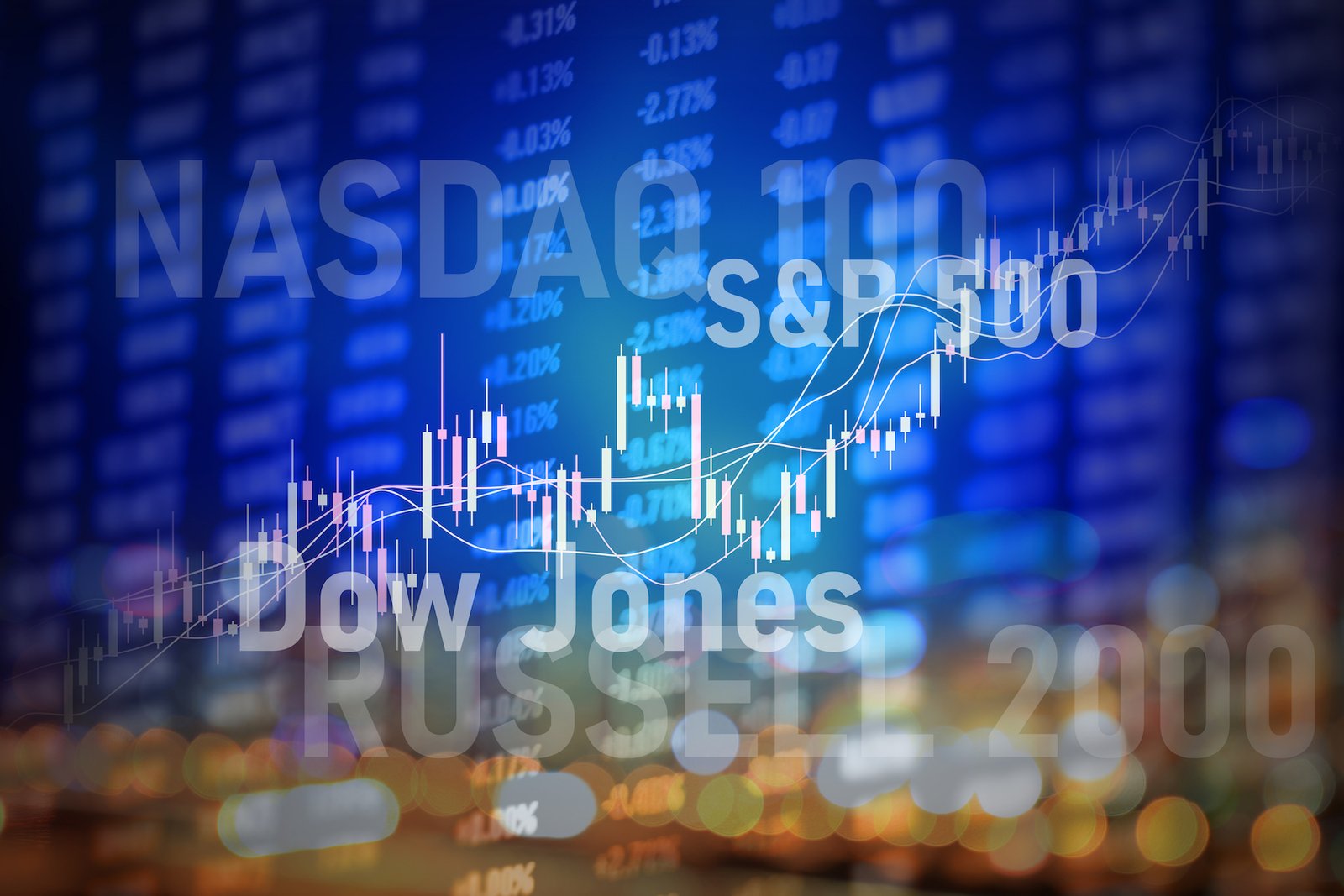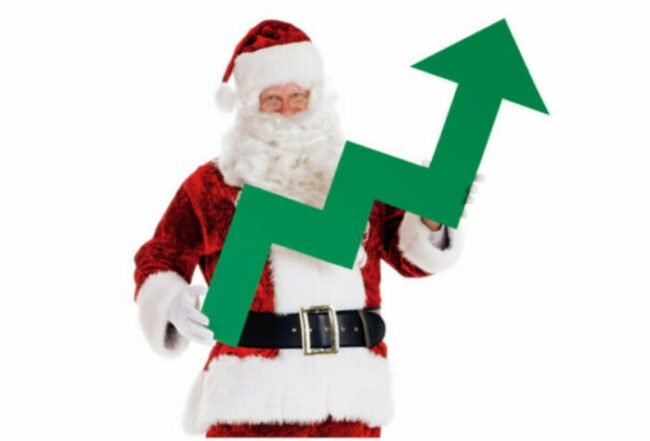Market Viewpoints
Insights from Our Chief Investment Officer
Explore timely market commentaries and macroeconomic perspectives from Crossbridge Capital’s Chief Investment Officer, Manish Singh. His insights help investors navigate global financial trends with clarity and conviction.
“AI is proving bigger than the noise.”
December 2025
The US’s new tariffs have shaken up the global economy - but the AI boom is helping to hold things...
Read More
From Tariff panic to Tech Euphoria
October 2025
"Scepticism often spikes at the top — but it also tends to keep investors from participating in ongoing structural shifts."
Read More
US Labor Market Fragility Puts Fed on Track for Cuts
September 2025
"Inflation is easing, equities remain resilient despite short-term volatility, and rate cuts are now firmly on the table."
Read More
Trump Wants Rate Cuts — And He Wants Them Now
July 2025
We’re seeing a subtle shift in tone from key Fed officials, yet Fed Chair Jerome Powell may be gone soon.
Read More
Decoupling Delayed: US & China reassess economic separation
May 2025
Stocks have rebounded since Trump’s tariff backpaddling and concessions. But there are still signs of strain in the bond market.
Read More
Back to Tariffs Again, but Credit Markets Remain Calm
March 2025
Tariffs are once again thrust into the spotlight.. However, there is a silver lining: Bond market volatility is not showing...
Read More
Is MAGA Becoming Too Much? Time to Shift the Focus to MEGA?
February 2025
“Europe is at a crossroads and must embrace reform to revitalize its economic prospects and Making Europe Great Again (MEGA)”
Read More
MAGA returns to Washington
January 2025
As MAGA returns to Washington, should President Trump advocate for more tariff or smaller Government?
Read More
Holiday Cheer Gives Way to Tariff Season
December 2024
Rigid tariff policies may not yield the desired economic invigoration or solidify the legacy Trump wants.
Read More
The Final Week: Trump Takes the Lead as Republicans Poised for Senate Victory
October 2024
"Whatever the outcome on November 5, the US remains the world’s most innovative economy, with a system capable of resetting...
Read More
Why the US Fed must cut rates in a “Healthy” Economy
September 2024
"Employment risks now overshadow inflation challenges, a 50-basis point rate cut this Wednesday could be a prudent adjustment."
Read More
A Bronze medal for the S&P 500
August 2024
"Chairman Jerome Powell’s recent remarks, recent market movements and what these developments might mean for the future"
Read More
US Economy still resilient; job market cooling down
June 2024
"Increased earnings from interest and dividends are sustaining America’s economic growth; however, a slowdown is building"
Read More
April Showers…bring May flowers?
April 2024
Interest Rate Hikes, Federal Reserve, Central Banking "Robust US Economy Delays Rate Cuts, Potential Labor Oversupply May Reignite Discussions" Summary...
Read More
No Interest Rate Cuts? Equities Rally Regardless
March 2024
US stock market indexes up Amidst geopolitical uncertainties, the unwavering demand for US equities stands out as a beacon of...
Read More
Nvidia: The “Taylor Swift” of the stock market
February 2024
“AI isn't just about technological advancement; it's a revolution in productivity and economic prosperity. Nvidia is at the heart of...
Read More
Returning to target inflation, and “Good news” is once again good news!
January 2024
Halloween season Inflation concept as Autumn pumpkin symbol with an upward leaning financial chart arrow representing rising Fall seasonal prices...
Read More
An early Santa Claus rally; disinflation in 2024 (and beyond)
December 2023
The S&P 500 advanced +8.92% during November, putting in its best monthly showing in 18 months. The rally also extended...
Read More
“Spooky” equity markets?
October 2023
Halloween season Inflation concept as Autumn pumpkin symbol with an upward leaning financial chart arrow representing rising Fall seasonal prices...
Read More
The fabled “soft landing” is still on
September 2023
With the Federal Reserve signalling no further rate hikes, additional risk taking will return and equity markets will respond favourably...
Read More


